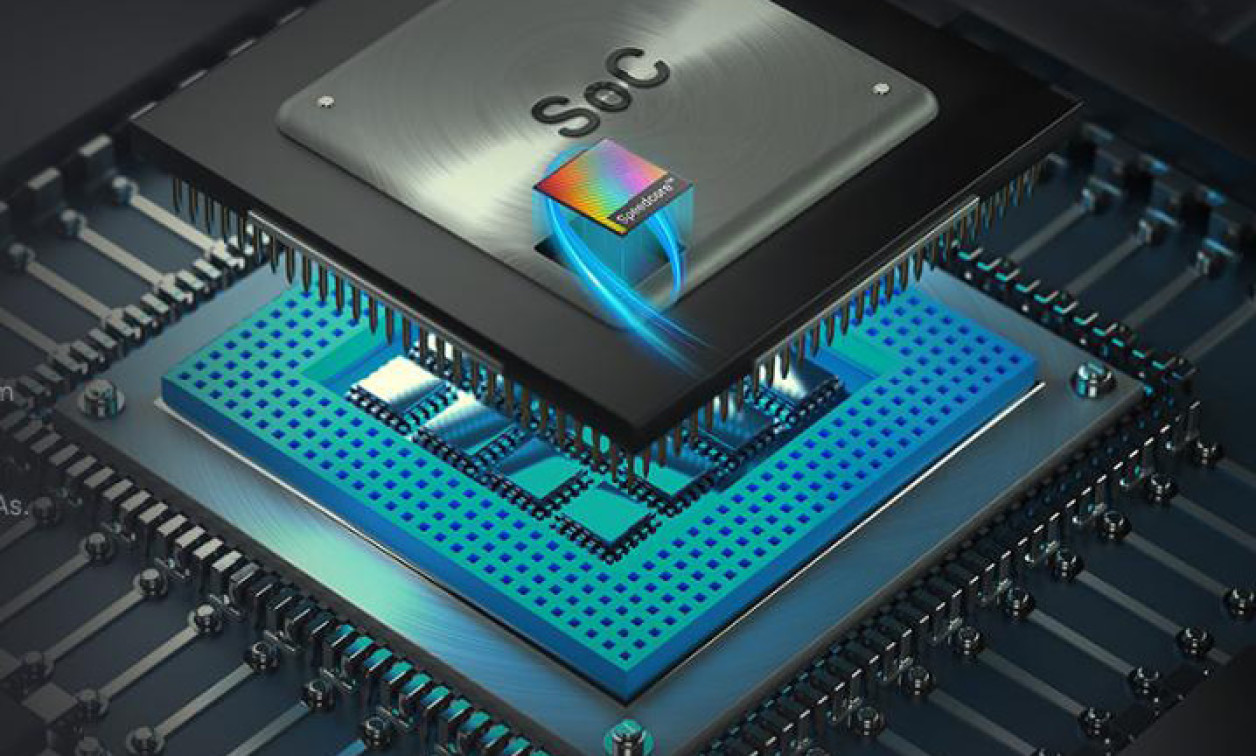Time: 2025-04-28 11:11:57View:
Designing an SoC on an FPGA involves integrating a processor core (CPU), memory, peripherals, and custom logic into a single system. Below is a step-by-step guide to building an FPGA-based SoC.

| FPGA Family | Development Boards | Key Features |
|---|---|---|
| Xilinx Zynq | PYNQ-Z1/Z2, ZedBoard | ARM Cortex + FPGA (PS + PL) |
| Intel Cyclone V SoC | DE10-Nano, DE1-SoC | Dual-core ARM + FPGA (HPS + FPGA) |
| Lattice ECP5 | OrangeCrab, ULX3S | Soft-core CPU (RISC-V) |
| Xilinx Artix-7 | Arty A7, Nexys A7 | MicroBlaze or RISC-V |
Recommendation:
For beginners: Xilinx PYNQ-Z2 (Python + ARM + FPGA)
For custom RISC-V: Lattice ECP5 (Open-source tools)
For high performance: Intel DE10-Nano (Dual-core ARM + FPGA)
Xilinx Zynq: ARM Cortex-A9/A53 (included in Zynq-7000/UltraScale+)
Intel Cyclone V SoC: ARM Cortex-A9 (HPS - Hard Processor System)
| Processor | Architecture | Tools |
|---|---|---|
| MicroBlaze (Xilinx) | 32-bit RISC | Vivado |
| Nios II (Intel) | 32-bit RISC | Quartus |
| RISC-V (VexRiscv, PicoRV32) | Open-source RISC-V | LiteX, SpinalHDL |
| ARM Cortex-M1/M3 (FPGA-optimized) | ARM Thumb | Keil/FPGA vendor tools |
Recommendation:
For Xilinx: MicroBlaze (easy to use)
For Intel: Nios II (Quartus integration)
For open-source: RISC-V (LiteX/SpinalHDL)
A basic SoC includes:
CPU Core (ARM/RISC-V/MicroBlaze)
Memory (RAM/ROM) (BRAM, DDR3/4 Controller)
Bus Interconnect (AXI, Wishbone, Avalon)
Peripherals (UART, GPIO, SPI, I2C, PWM)
Custom FPGA Logic (Accelerators, DSP blocks)
[ARM Cortex-A9] ←AXI→ [DDR Controller] ↳ [UART] ↳ [GPIO] ↳ [Custom FPGA IP]
Create a new project → Select FPGA board.
Add Zynq Processing System (PS) or MicroBlaze CPU.
Configure peripherals (DDR, UART, GPIO, AXI Interconnect).
Add custom RTL/IP (AXI-stream, AXI-lite).
Generate Bitstream → Export to Vitis for software.
Launch Platform Designer (Qsys).
Add Nios II CPU or enable HPS (ARM Cortex-A9).
Connect peripherals (Avalon-MM, JTAG UART).
Generate HDL & program FPGA.
# Install LiteX & FPGA toolchain pip install litex # Build SoC for ECP5 litex-boards --target=orangecrab --build
Supports VexRiscv, PicoRV32, and more.
#include <stdint.h>#define UART_BASE 0x40000000void uart_putc(char c) {
*((volatile uint32_t*)UART_BASE) = c;}int main() {
uart_putc('A'); // Send 'A' over UART
while(1);}Compile with GCC (riscv-none-embed-gcc, arm-none-eabi-gcc).
Zynq/ARM Cortex-A: Run Linux (Petalinux, Yocto).
RISC-V/Nios II: Use FreeRTOS or Zephyr.
Logic Analyzer (Sigrok, Saleae) for FPGA signals.
Serial Terminal (PuTTY, minicom) for UART output.
JTAG Debugging (OpenOCD, GDB) for CPU firmware.
| SoC Type | Project | Source |
|---|---|---|
| Zynq ARM + FPGA | PYNQ Framework | PYNQ.io |
| RISC-V SoC | LiteX SoC | GitHub: LiteX |
| Nios II SoC | DE10-Nano Examples | Intel FPGA Wiki |
| MicroBlaze SoC | Xilinx Embedded | Xilinx Docs |
Building an SoC on an FPGA involves:
Choosing an FPGA with a hard/soft CPU (Zynq, Cyclone V, RISC-V).
Designing the SoC architecture (CPU, memory, bus, peripherals).
Using vendor/open-source tools (Vivado, Quartus, LiteX).
Writing firmware (bare-metal C, RTOS, or Linux).
Next Steps:
Try PYNQ (Python + Zynq) for quick prototyping.
Experiment with RISC-V on Lattice ECP5 for open-source SoCs.
Integrate custom accelerators (DSP, AI) into your SoC.